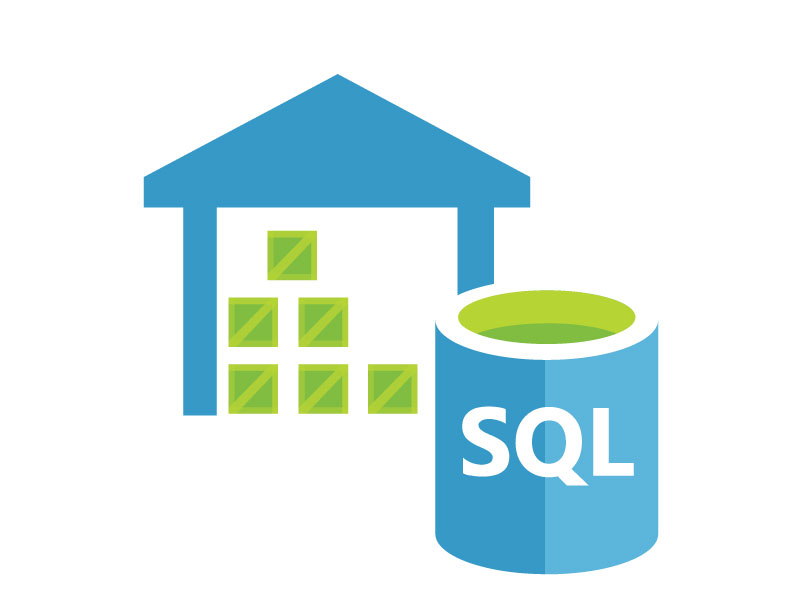
Categories
Description
Geo-redundant storage with the highest level of availability and performance is ideal for low-latency, high QPS content serving to users distributed across geographic regions. Google Cloud Storage provides the availability and throughput needed to stream audio or video directly to apps or websites. The highest level of availability and performance within a single region is ideal for compute, analytics, and ML workloads in a particular region. Cloud Storage is also strongly consistent, giving you confidence and accuracy in analytics workloads. Cloud Storage provides fast, low-cost, and highly durable storage for data accessed less than once a month. Perfect for reducing the cost of backups and archives while still retaining immediate access. Backup data in Cloud Storage could be used for more than just recovery because all Cloud Storage classes have ms latency and are accessed through a single API.




